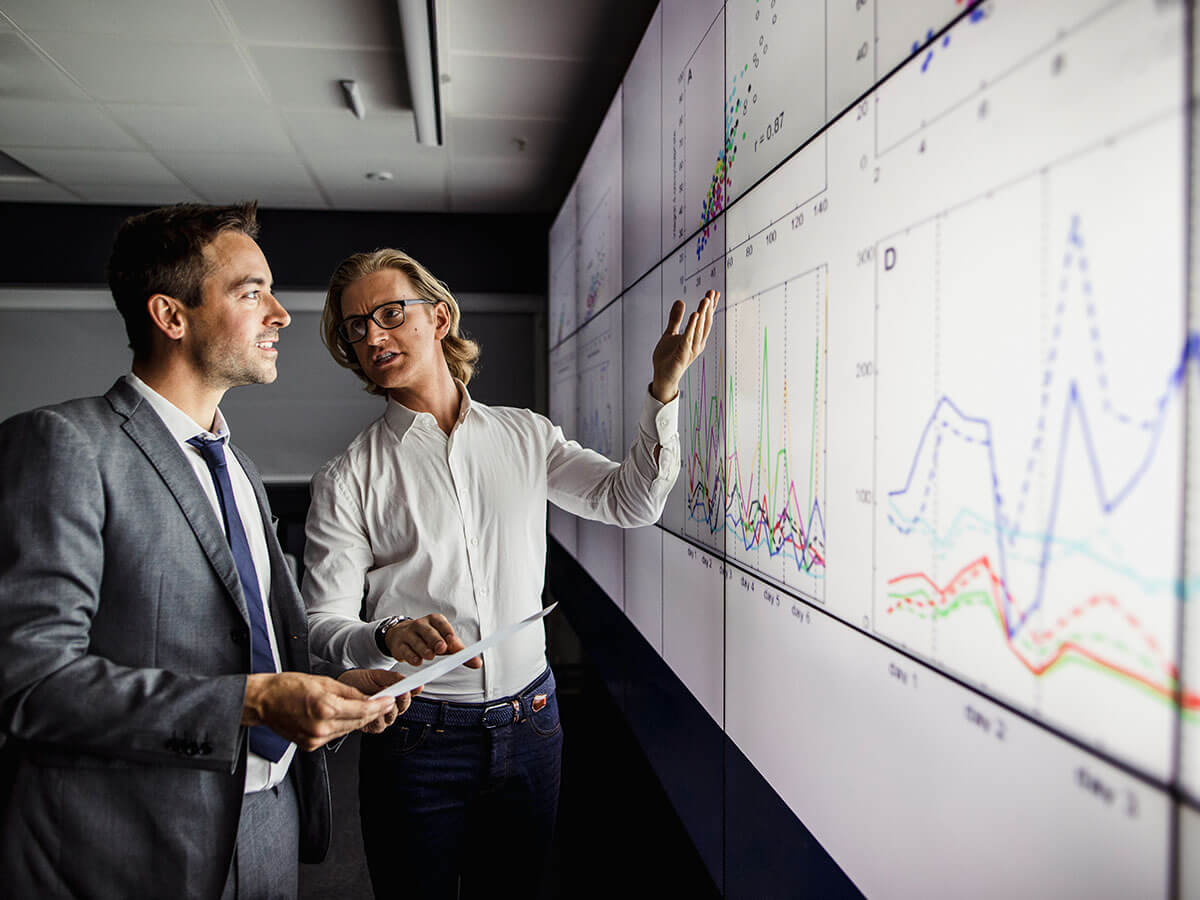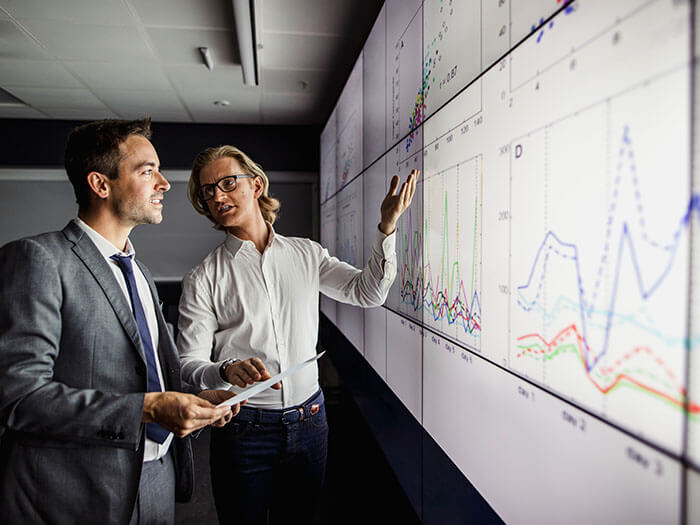
How does the quality of your data affect the end result?
 Taking advantage of the new computerized processes in accounting will put CPAs ahead (Getty Images/SolStock)
Taking advantage of the new computerized processes in accounting will put CPAs ahead (Getty Images/SolStock)
The digital transformation taking place across the world is forcing many organizations to pivot toward AI and machine learning. With this transition, the role of the CPA has changed drastically during the past two decades. To stay current, “CPAs need to embrace, rather than resist automation,” says Michel Girard, fellow at the Centre for International Governance Innovation and data governance advisor to CPA Canada.
This increased reliance on automated tools is accompanied by a huge influx in data to be analyzed, which has only increased in the last 20 months. “COVID has been called the Great Accelerator,” says Girard, “because it really forced people to work in different ways, forcing organizations to treat data as a very special commodity.”
To generate valuable insights against major datasets, Girard says high-quality data is needed. Unfortunately, this is not always the case.
UNDERTSANDING HIGH-QUALITY DATA
“Good data is data that is fit for a purpose,” says CPA Nat D’Ercole, Omnia AI data transformation and ecosystems and alliances leader at Deloitte. This is data that has been collected for a specific purpose, he explains, and then used for that exact reason, such as customer records that will be used to forecast orders for an upcoming season.
CPA Michael Lionais, managing director, Technomics Canada—which specializes in decision support—and a consultant on CPA Canada’s Foresight initiative, defines data not as good or bad, but whether it suits the need for which it was created. “Data that is fit for one purpose may be totally unacceptable for another purpose,” he says, which happens with state-of-the-art research like government acquisition. Due to time or money constraints, an organization may decide to use prepackaged data to achieve faster, but possibly less informative, results.
Sometimes, swapping “perfect” data for usable data becomes a trade-off, he explains. “The challenge with accountants, is we always want perfect data.”
THE CONCERNS WITH BAD DATA
Girard recently wrote a primer on creating high-quality data that talks about low-quality data as “garbage in-garbage out.” Meaning, bad data can lead to bad—or incomplete—analytical outcomes.
The concern with this type of data, says Lionais, is the potential for biases. If data collected for one purpose will be used for a different purpose than which it was designed for, the data may be filled with unexpected biases.
“If you’re not aware of the bias, then it’s impacting the insights that you’re getting,” he says. “And that’s part of what tracing the lineage of data is referring to. Most people think it’s just getting to the source of the data. But there’s no point in getting to the source of the data, if you don’t understand the purpose for which the data was collected.”
Understanding the data rules—where and how the datasets were packaged—provides the user with the necessary information needed to properly analyze the information. “So, when you don’t have any of that in place, [it’s] buyer beware,” says D’Ercole. “Beware in terms of what you’re consuming and who it’s been authenticated by.”
QUESTIONS A CPA SHOULD ASK
The need for a CPA to draw on their inquisitive nature cannot be understated when it comes to the importance of analyzing data, Girard says. Once it is clear which problems need to be solved with a given dataset, a cascade of queries should follow, he says, “such as, is the data complete? Does it cover a long period of time? Is it objective? Is it biased in any way?” Then technical questions should follow, such as ensuring naming conventions in XML spreadsheets are uniform.
“People don’t question financial statements every time they come out. The same discipline needs to be applied to data,” he says, explaining how financial statements are understood as valid. “That’s why we believe that CPAs have a very important value-added role play in all of this. We have a methodology that can be transferred from querying financial information to big data analytics.”
Taking advantage of the new computerized processes in accounting and concentrating efforts on the value-add side of business will put CPAs ahead, adds Girard.
“Use [automation] to your benefit,” he says, “and then add value, because this is what CEOs and organizations need. They need people who understand the context [and] the business [in order] to add value, as opposed to just crunching numbers that can be done very well by a machine.”
LOOKING AHEAD
Find out how the accounting profession’s Foresight Initiative is preparing CPAs for the big data world and why the profession is updating the Competency Map to ensure future success and relevancy.
Learn about the accountant’s role in data and the foundations of the digital economy with CPA Canada’s Mastering Data Series. Plus, harness the power of data and turn it into meaningful insights with the online data management certificate program.